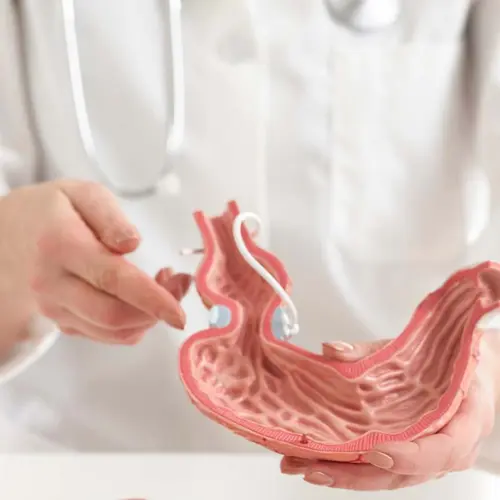Table of Contents
Our bodies have their harmonies like gears synchronizing perfectly. And sometimes, problems in this harmony may occur. It can happen anywhere in the body, but this article will mainly discuss female and male urinary tract infections.
Urinary tract infections (UTIs) are bacteria that spread around the urinary tract, including the bladder, urethra, ureters, kidneys, etc. Depending on their type and location, they cause severe discomfort and pain, especially in the lower urinary tract.
This article will discuss UTIs, their signs, possible risks and treatments, and more.
What is an Urinary Tract Infection (UTI)?
Urinary tract infection (UTI) is caused by bacteria entering the urinary tract, and one of the most well-known bacteria is Escherichia coli (E. coli). It can affect people of all ages; however, it’s seen more among women when compared to men. It can be said that women are at risk for UTIs, and we will talk about this in detail in the next few titles.
Lower urinary tract infections are more common when compared to upper urinary tract infections. Lower UTIs cause pain and discomfort, and most cases reported are related to lower UTIs. Upper UTI cases are serious conditions since the infection takes the road to the kidneys, and surgery may be required depending on the course of the disease and its severity.
How Common Are Urinary Tract Infections?
Urinary tract infections are common, especially among women; it depends on factors such as age, gender, condition of the patient, and more. Let’s take a look at them in detail.
Female urinary tract infections are common, especially among women, because they have a shorter urethra when compared to men, which makes infections spread quickly. Besides, age is another crucial factor. UTIs can be seen at every age, but are primarily seen in older men since the prostate bladder grows as they age.
It can also happen in children, but not as frequently as in adults and elders. Adult cases occur more often when compared to children and infants.
What Are The Signs of an Urinary Tract Infection?
There are some common signs of urinary tract infections, including:
- Pain: The most common sign of a urinary tract infection is pain during urination or a burning sensation after finishing it. Besides, you may feel pain around your back and the lower abdominal part.
- Discomfort: Along with the pain, discomfort around the body’s lower back is observed because of the UTIs.
- Frequent Urination Periods: You might go to the bathroom more than usual at night. These periods are often incomplete when UTIs occur.
- Fever: Sometimes, fever is observed in UTI-related cases and may be a sign of kidney disease. It may be a vital sign.
Who Is at The Greatest Risk of Getting an Urinary Tract Infection?
As mentioned in the previous titles, women are at high risk of getting urinary tract infections. However, various factors such as age, body anatomy, diet, lifestyle, etc. can also affect the risk. For example, female and male urinary tract infections have different courses because of the different anatomies. Besides, pregnancy and menopause can cause hormone changes and may increase the risk.
Other factors such as frequent sexual intercourse, catheter usage, diabetes, kidney stones, infection with other types of kidney diseases, and autoimmune disorders can increase the risk of a urinary tract infection.
Urinary Tract Infection Treatments
Urinary tract infection treatments generally contain antibiotics to destroy bacteria in the infected area. Antibiotic use depends on the patient's condition, the type and spread of the bacteria, etc.
The primary treatment for UTIs is antibiotics, and the type of antibiotic depends on the bacteria. Your doctor will prescribe it according to your condition. Your doctor might recommend drugs in addition to antibiotics, such as ibuprofen or paracetamol-based painkillers.
Staying hydrated for UTI treatment is essential, and you should drink more water to increase fluid intake. It means that some changes in your lifestyle should be applied after the UTIs.




















